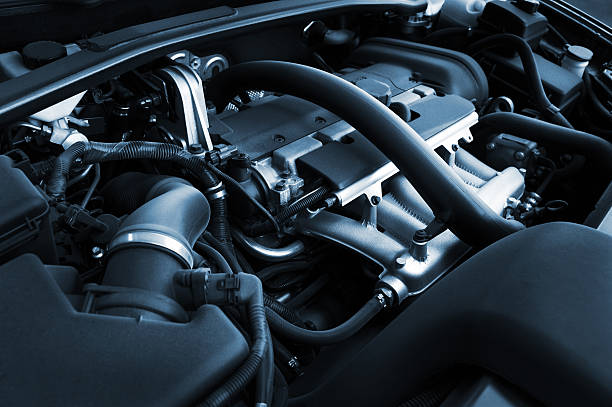Understanding the Intricacies of Continuously Variable Transmissions
Introduction: Gone are the days when vehicles were purely mechanical. Today, technology plays a significant role in shaping automotive engineering. One such marvel is the Continuously Variable Transmission (CVT), a modern solution to traditional gearboxes. But what's the science behind this fascinating transmission system? Let's delve into the world of CVTs, exploring their history, key developments, and their impact on the automotive industry.

A Brief History of CVTs
The concept of Continuously Variable Transmissions isn’t new. In fact, it dates back to the late 19th century. Invented by an American engineer named Milton Reeves, the first CVT was used in a sawmill and later in Reeves’ car, known as the ‘Moto-Cycle.’ However, it took several decades of refinement before CVTs found their way into modern cars, offering a seamless, efficient, and smooth driving experience.
The Mechanics of CVTs
Unlike traditional transmissions, CVTs don’t have fixed gear ratios. Instead, they use two pulleys connected by a belt or chain, with the diameter of these pulleys changing based on the vehicle’s speed and engine load. This creates an infinite number of gear ratios, allowing the engine to run at its most efficient speed, regardless of how fast the car is moving.
The Rise of CVTs in Modern Vehicles
In recent years, CVTs have gained popularity, particularly among automakers striving for fuel efficiency and smooth power delivery. While initially found mainly in smaller cars, they’re now being used in larger vehicles like SUVs. This is mainly because CVTs offer superior fuel efficiency - typically 6% better than conventional automatic transmissions.
The Pros and Cons of CVTs
Like any technology, CVTs come with their share of benefits and challenges. On the upside, they offer smoother acceleration, better fuel efficiency, and a more versatile driving experience. However, some drivers find the CVT’s driving feel disconcerting, as there’s no sense of gears shifting. Additionally, CVTs can be expensive to repair or replace if they fail.
The Future of CVTs
Despite their challenges, it seems CVTs are here to stay. As environmental regulations tighten, car manufacturers are increasingly looking for ways to improve fuel efficiency, and CVTs are a viable solution. They may even play a role in the future of hybrid and electric vehicles, where their ability to keep an engine at its most efficient point can help extend battery life.
In conclusion, the world of Continuously Variable Transmissions is as intricate as it is fascinating. As we move towards a future where efficiency and smooth performance take precedence, CVTs are set to play a significant role in the automotive world. So next time you’re enjoying a smooth, gear-shift-free ride, spare a thought for the advanced technology that makes it possible.




